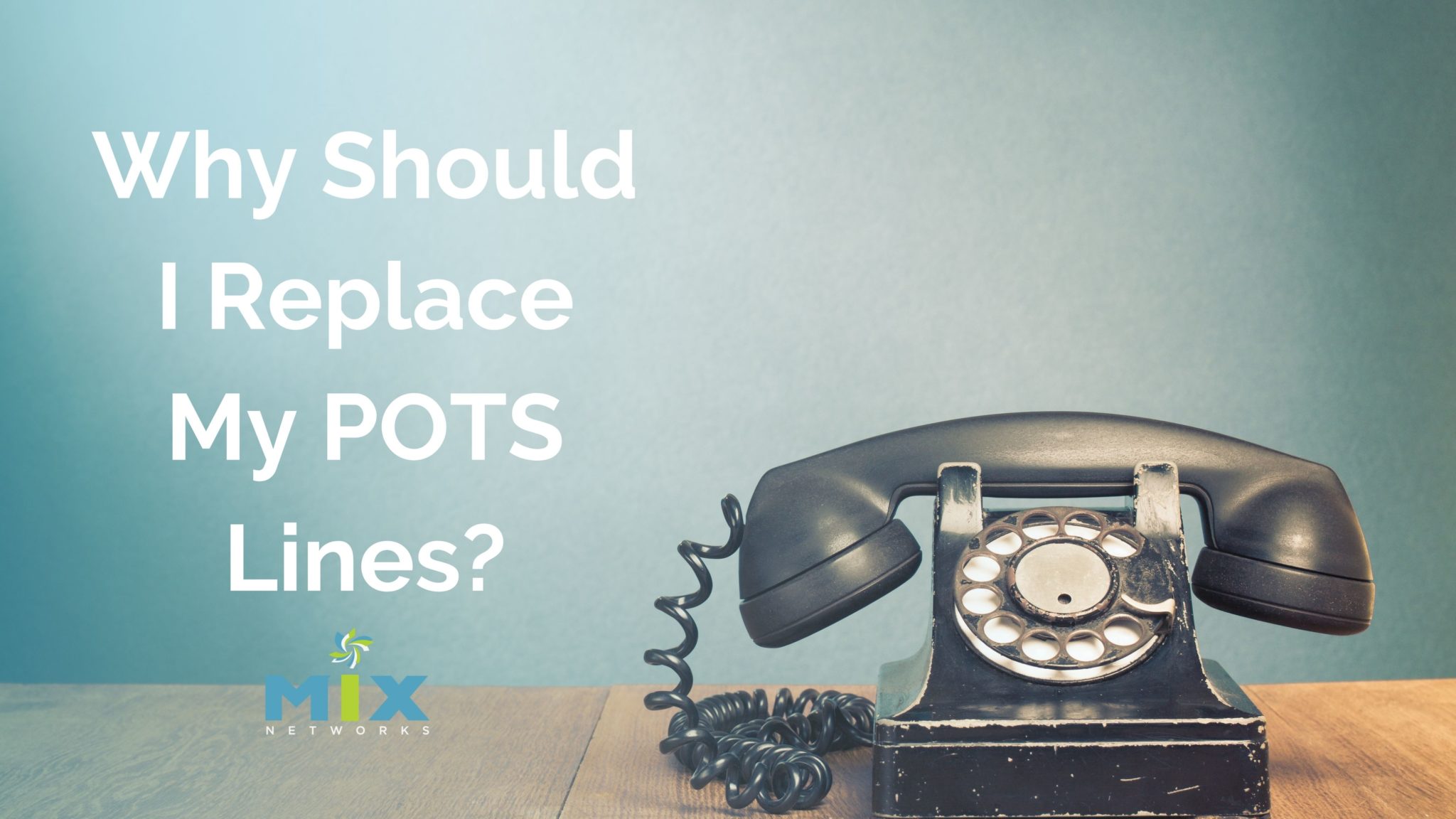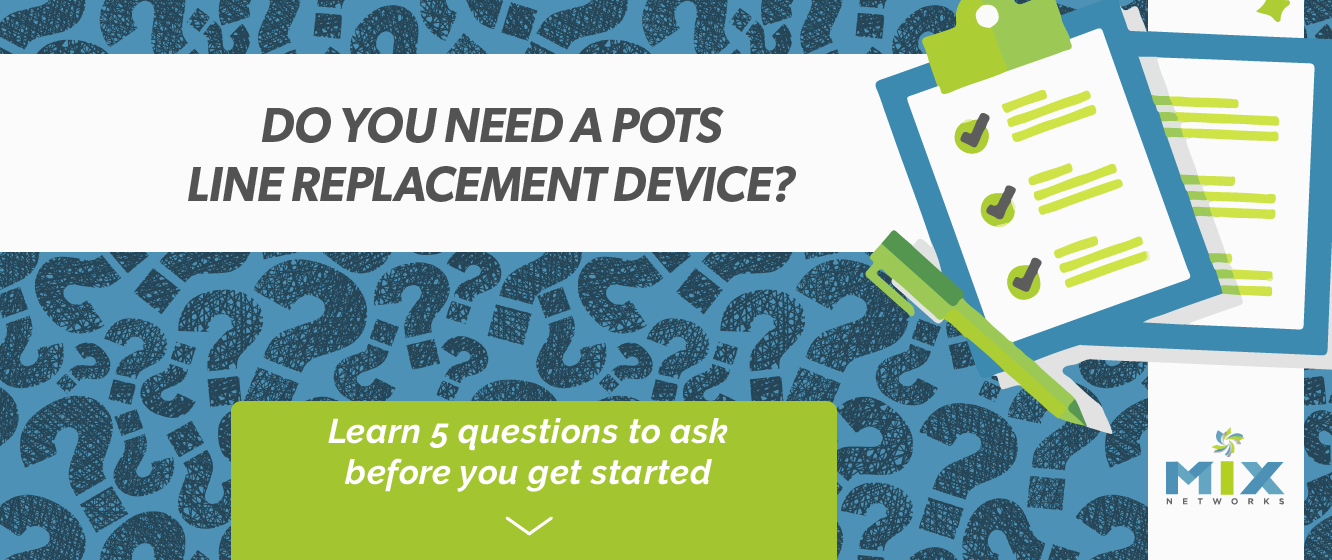Out with the old, in with the new? It changes so quickly in the tech world that your purchase of that new iPhone is seemingly obsolete the next morning. And it doesn’t stop with our personal technology needs. Business technology is changing just as quickly with new features and functions being added, especially as we have navigated the forced migration from a central office from 9-5 to work from home or remotely.
The traditional telephone, however, has withstood the test of time. For over 100 years, the copper wires of the public switched telephone network (PSTN) have reigned supreme, but disruption came calling in the form of the internet followed quickly by cellular voice communications.
But for some reason, fax and alarm technology couldn’t, or wouldn’t, keep up with the time. At the beginning of the “big change,” VoIP and other digital technologies were beset with frequent loss of service and packet loss. Since the traditional phone lines got their power from the central office, disruptions in electrical power did not affect the ability of the telephone line for communication, making this line of communications the de facto solution for alarm and fax communications. And the manufacturers of these technologies did not see a reason to develop alternative equipment that could just as reliably communicate with VoIP and LTE technology. And why should they? The century-old technology used to power these devices were mandated by the FCC to be maintained indefinitely….until they weren’t.
Out With The Old, In With The New
We’ve mentioned several times in recent months how the combined forces of increasing cellular and mobile device usage, as well as significant growth in business VoIP solutions and Unified-Communications-as-a-Service, have caused a rapid migration away from traditional PSTN lines to the newer, digital options. In 2019, the FCC officially removed the maintenance requirements of the copper lines with FCC order 19-72A, and soon after carriers began migrating users off analog lines regardless of if they wanted to or not. Telecommunications forums began reporting as recently as October of receiving notices that their analog solutions would be shut off and switched to digital solutions within weeks, leaving many scrambling to find at least a short term alternative until they were able to facilitate a full transfer from analog communications to digital.
Why replace your POTS lines? Quite simply, you don’t have a choice. The decision has already been made. But you can choose how.
How to Replace your POTS Lines?
There are two viable options when you consider how to replace your POTS lines: full rip and replace of all POTS lines in your business, or finding a way to connect your analog devices to a digital service.
Full rip and replace: This option is very time-consuming and expensive – but if you have the time and funds to spare it is definitely a viable option. A benefit of this option is the concern surrounding further degradation of the analog lines is no longer one you have to consider. But there are not many alternative hardware options to support a fully digital communications solution. Fax machines as a standalone device will only work with analog lines. While you would be able to work around this with eFax technologies, it requires additional steps to accomplish. Instead of simply printing, signing, dialing the number, and hitting send, you would have to print, sign, scan, upload to fax software, dial, and send. This seemingly inconsequential difference can add up over time in lost productivity. In addition, it requires your network to be down during the installation for days.
Specialized routers: Another option is a specialized router that can convert analog signals to digital. This seemingly simple solution is cost-effective, reliable, and can be installed in hours instead of days or weeks. There are several different types of routers on the market, so when evaluating your options, keep in mind that any device you chose must be compliant with local fire and elevator code specific telecommunications requirements.
“One Box” POTS Solutions
There is one specific technology that was created with the intention of being a single device to bridge the divide between digital communications and analog technology. Aptly named “POTS-in-a-Box®” and designed to be a single point connection between historically analog devices and the newer, digital solutions. As an LTE/Cellular/Wi-Fi/PSTN/FirstNet-capable router, the POTS-in-a-Box® can enable many combinations of legacy analog wireline in-band Voice, M2M, Data, DTMF, Analog Data Modem Tones, Fax and Alarm System Signals. Don’t wait until your POTS line disappears to migrate. Start the process today.
Keep Reading:
Reasons To Replace Your POTS Lines Now
POTS Line Replacement Solutions








